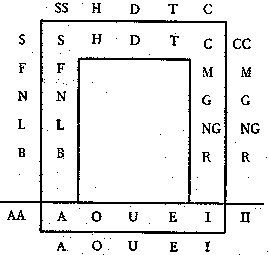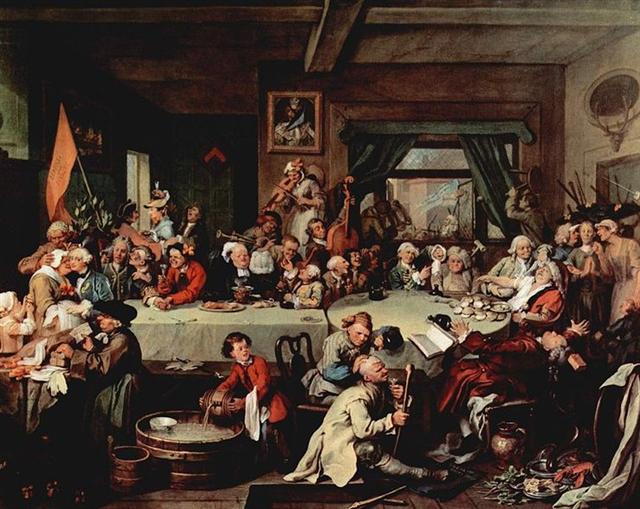226. But we ought first to look at day 28 / 2 in the month of Manasseh. ... The reference to Josua 13:7 is not so self-evident, it has to do with how the land already at an early time was divided between the 9 tribes and one of the halves of the tribe of Manasseh ... However, we must always prioritize reality. And this morning, after an extremely cold night by cause of the clear sky, when I went around in my house turning on the electric light bulbs in my 7-armed candle sticks standing in the window sills (thresholds between inside and outside) one of the light bulbs refused to light up and instead stayed dark, causing also the other 6 candle sticks to its right to be out of order. Here nothing barred the dark and cold outside from entering. I did not pay much attention to it right away, because electric lights are not completely reliable, not living forever. Instead it was time for the morning walk. Not until then did I notice that - as if by chance - also the light from Venus was missing in the sky above. The Moon, though, could be seen, and he was in his last quarter, i.e. fruitful and formed like the letter of Ephraim. The rongorongo recitations were to be executed in the last quarter of the Moon. I had learned already in my early childhood that when the Moon was seen like the the sign of a comma it meant he was coming and when he was going he would be curved in the opposite way, i.e. as in the form of the left side of the lletter G. Although much later I learned, to my great surprise, that it was the opposite south of the equator - implying there could not be any distinction for people living at the equator.
And then I remembered the date was December 13, it was the night of Lucia:
Anciently, as I can recall it, they had regarded December 13 as the day of solstice. But like how the tribal month names in the Bible were bound to the first day of each such month we should presumably think of the Lucia night as the beginning of the solstice period. Modern science says the solstice takes around 11 days. But perhaps they anciently instead counted with 8 nights because this was in harmony with how long they had to wait until Venus would return as Morning Star. December 13 (Lucia) + 8 = December 21 (Solstice). 355 (December 21) + 11 = 366 (January 1). 355 (Solstice) - 8 (Venus not visible) = 347 (Lucia):
Modern science strives to predict the future for us in contrast to how anciently they preferred to explain what had already been seen to have happened. That would be a better guide than guessing about an unknown future. Why do children always ask why? ... For the Maori the past is an important and pervasive dimension of the present and future. Often referred to as the 'ever-present now', Maori social reality is perceived as though looking back in time from the past to the present ... In my present mode of thought it felt quite satisfying to be able to put in order the absence of Venus with the night of Lucia, and then to also explain the failing candle light in my house (what is above is also below) as a beautiful example of cosmic synchronism (in the sense coined by Jung). Such ideas would be completely out of reach for the universe of modern science. Unless they could prove that Lucia and invisible Venus always (or at least according to some regular pattern) would coincide. And also that I would be able to find a high frequency of failing light bulbs in the mornings of December 13 in the coming years. Surely, though, the 7-armed candles corresponded to the 7 planets. And 4 * 7 = 28 would then be the number of nights to be counted before the new year Sun would appear. 366 (January 1) - 28 = 338. However, we should rather count 366 - 30 = 336 (12 * 28), because that was what Enoch had taught: ... The author of the Book of Enoch in his treatise on astronomy and the calendar also reckoned a year to be 364 days, though he pronounced a curse on all who did not reckon a month to be 30 days long ... Which means there would be 2 'eyes' missing in the month of December (and also in the complementary month of June).
And then the calendar on my kitchen wall quietly informed me that the correct current date was not December 13 but December 6, a week earlier than I had thought. And it was thus precisely a month after November 6, when our famous king Gustav II Adolf had been killed (in AD 1632). Thus once again: The date December 13 was evidently inherited from the time before the Pope Gregory XIII launched his new updated version of the Julian calendar, for the precession of the equinoxes and solstices since Roman time had forced a change. ... Britain and the British Empire (including the eastern part of what is now the United States) adopted the Gregorian calendar in 1752, by which time it was necessary to correct by 11 days ... The old Julian date December 13 should therefore be transported around 11 days ahead in the calendar to Christmas Eve, to Reuben, the first of the tribes, to the first of the letters in the Beth-Luis-Nion (Ogham) alphabet:
And December 13 could then be explained as the result from a pattern containing August 13 (Day 225) four months earlier. Likewise could Levi (May 13) be accounted for by its position 20 weeks after December 13. 20 * 7 = 140 = 5 * 28.
|
||||||||||||||||||||||||||||||||||||||||||||||||||||||||||||||||||||||||||||||||||||||



